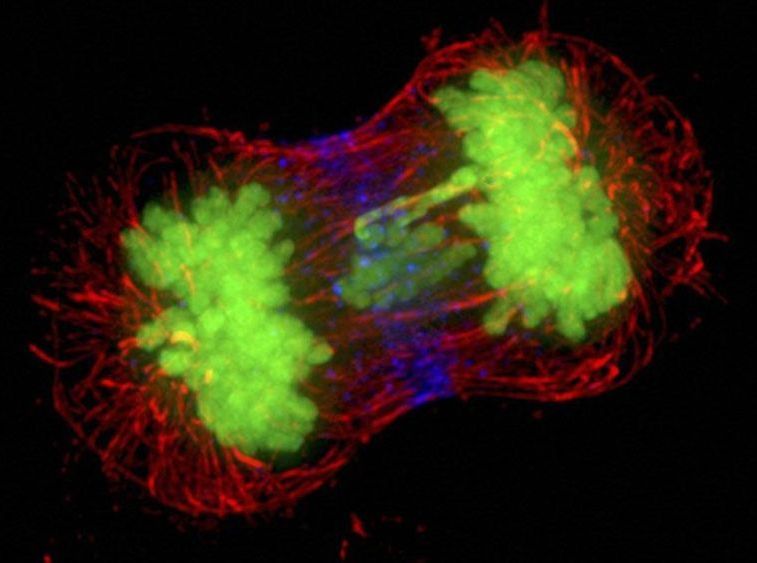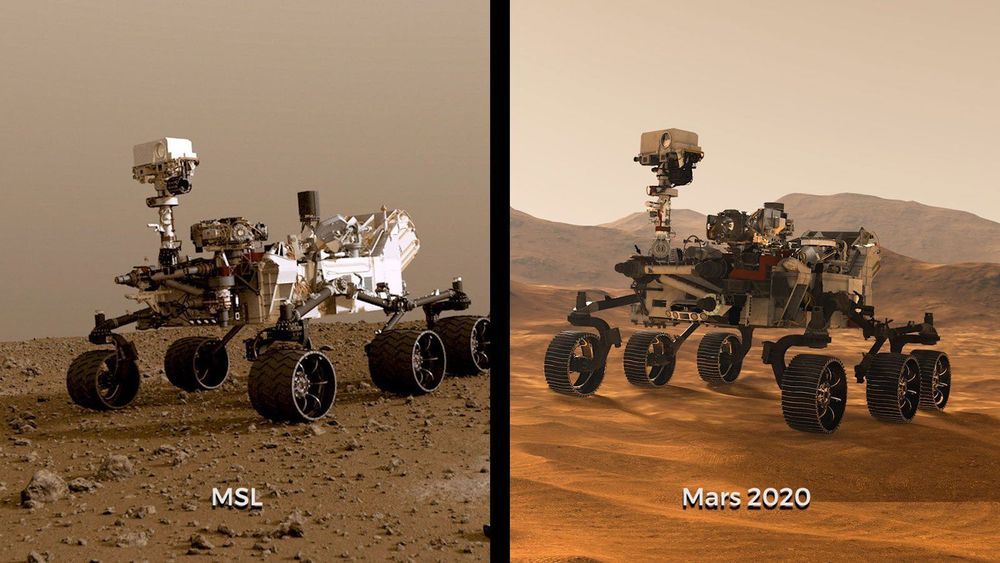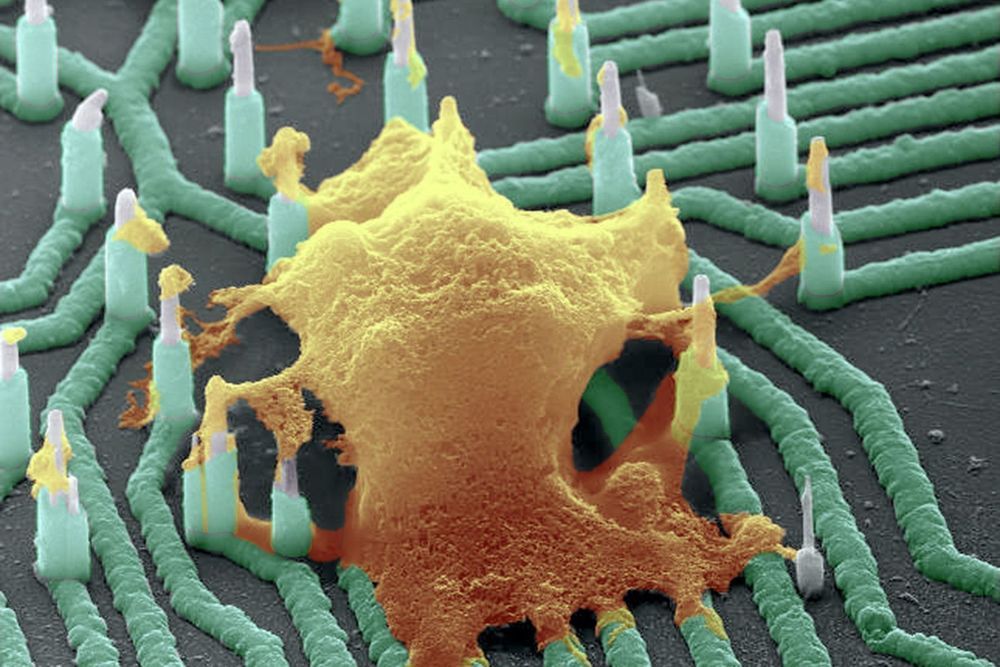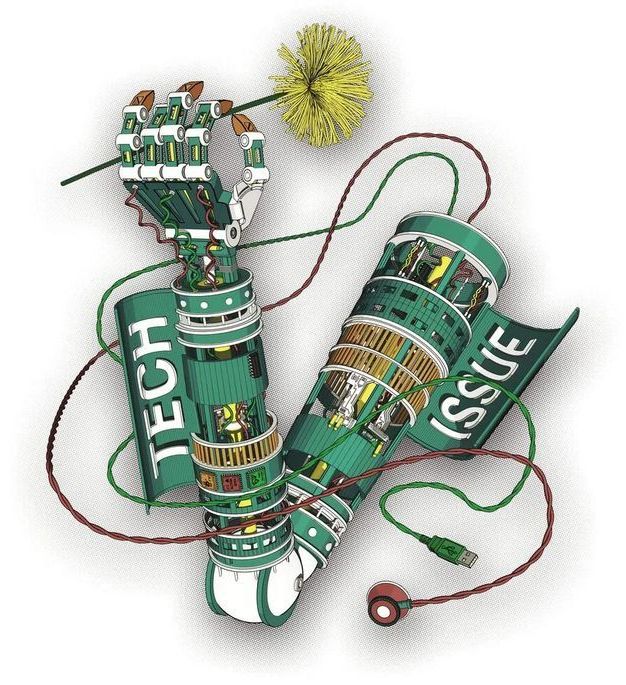The combination of ingredients in this smoothie is designed to help reduce bloating.
Each ingredient serves a different function: the celery will help with fluid retention; ginger will help reducing swelling; mint will help with gas; banana is great for water retention and provides fibre; coconut water will help with electrolytes; spinach helps detox as well as with water retention; kiwi will help break down protein and the yogurt will provide probiotics.





